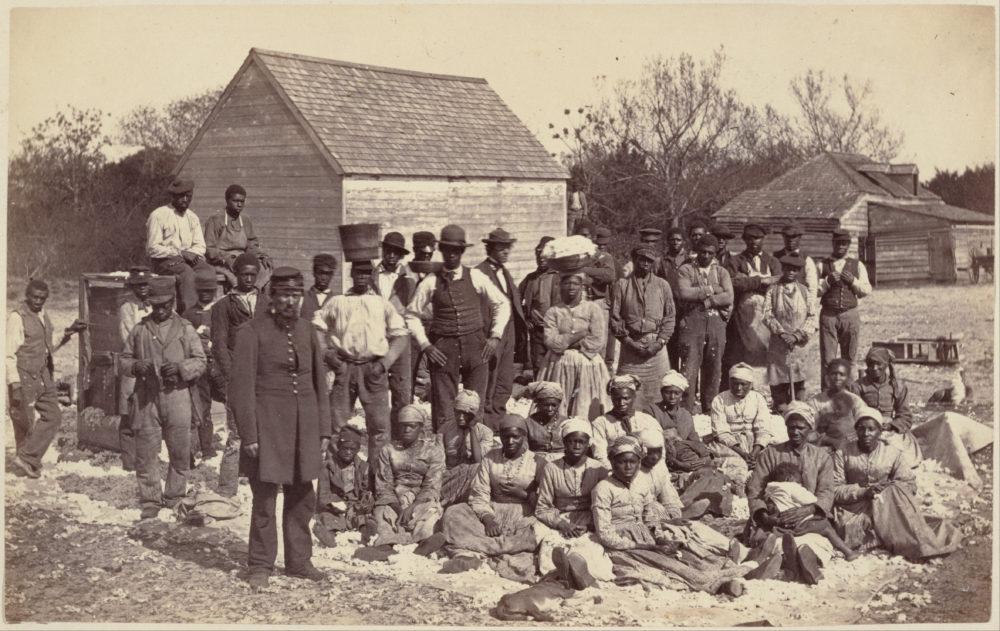Effective genealogical research on America’s enslaved people requires access to the documents and life stories of the slaveholders who claimed ownership of them. The slaveholders’ stories, meanwhile, are incomplete without the fullest possible accounting of the enslaved persons who were integral to their comfort, wealth, and position in society. While the two groups of people in most cases were not genetically kin, they have relationships “beyond kin.” Slavery intertwined their lives and connected their family histories.

Enslaved persons also shared Beyond Kin relationships with the rest of the enslaved population with whom they worked but were not traditionally related. Research work illuminating the life of one enslaved individual has the potential to be useful as well for descendants researching the ten, forty, or two hundred other enslaved persons who shared this one individual’s life circumstances. But how do these researchers find each other’s work? We need a way to tie all of the often nameless scraps of information about enslaved persons together in coherent context until they can be analyzed and hopefully matched with their descendants’ family trees.
Genealogy software ties people who are family, either genetically or legally. It offers no obvious way to connect individuals whose lives were intertwined by circumstances other than family relationships. In many cases, though, the Beyond Kin relationships would be of more help to the researcher than traditional family ties. Documents needed to establish meaningful and useful ancestral records for enslaved persons often remain in the private hands of the slaveholders’ descendants. Our software and practices, however, offer nothing that encourages these white descendants to make the documentation of their ancestors’ enslaved populations a part of their research work.
As things currently exist, the descendants of the enslaved hit a formidable wall around 1865, many never getting further back. The descendants of slaveholders are building family narratives that are missing the real story. We need each other, and we need a way to work together to break down the walls.
Sign up to receive notices of new developments in the project. We will not share your email address outside our team.

